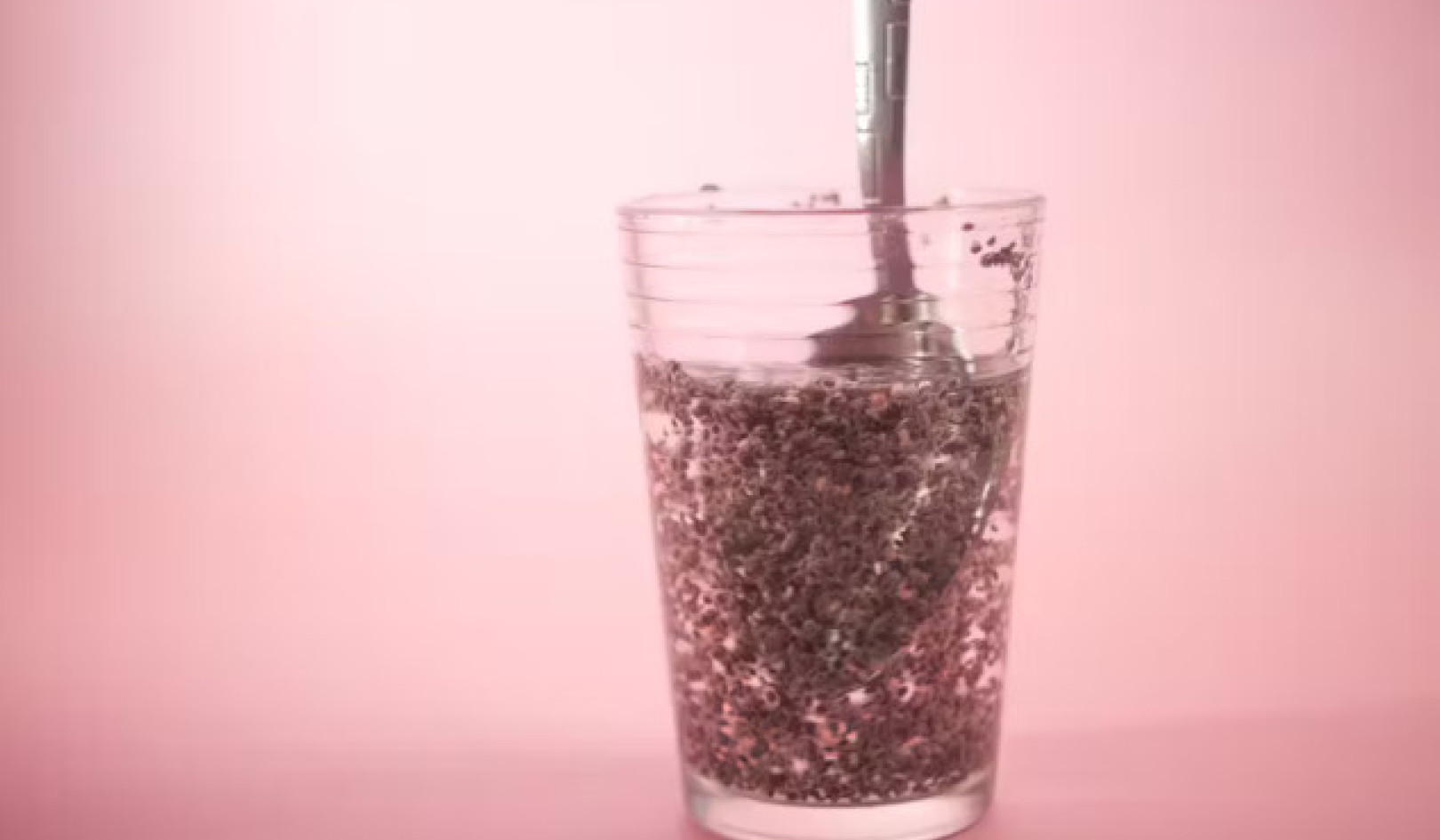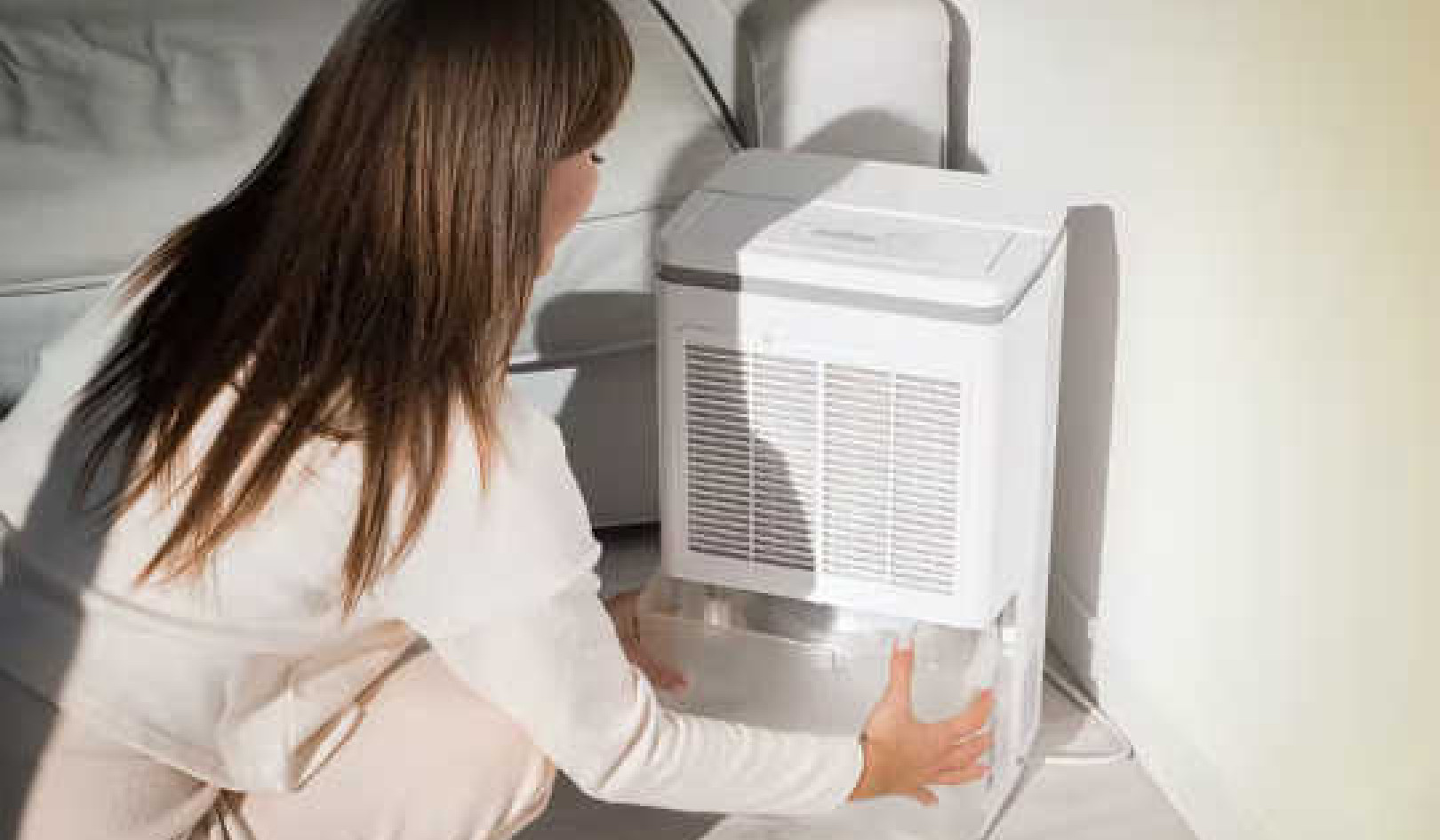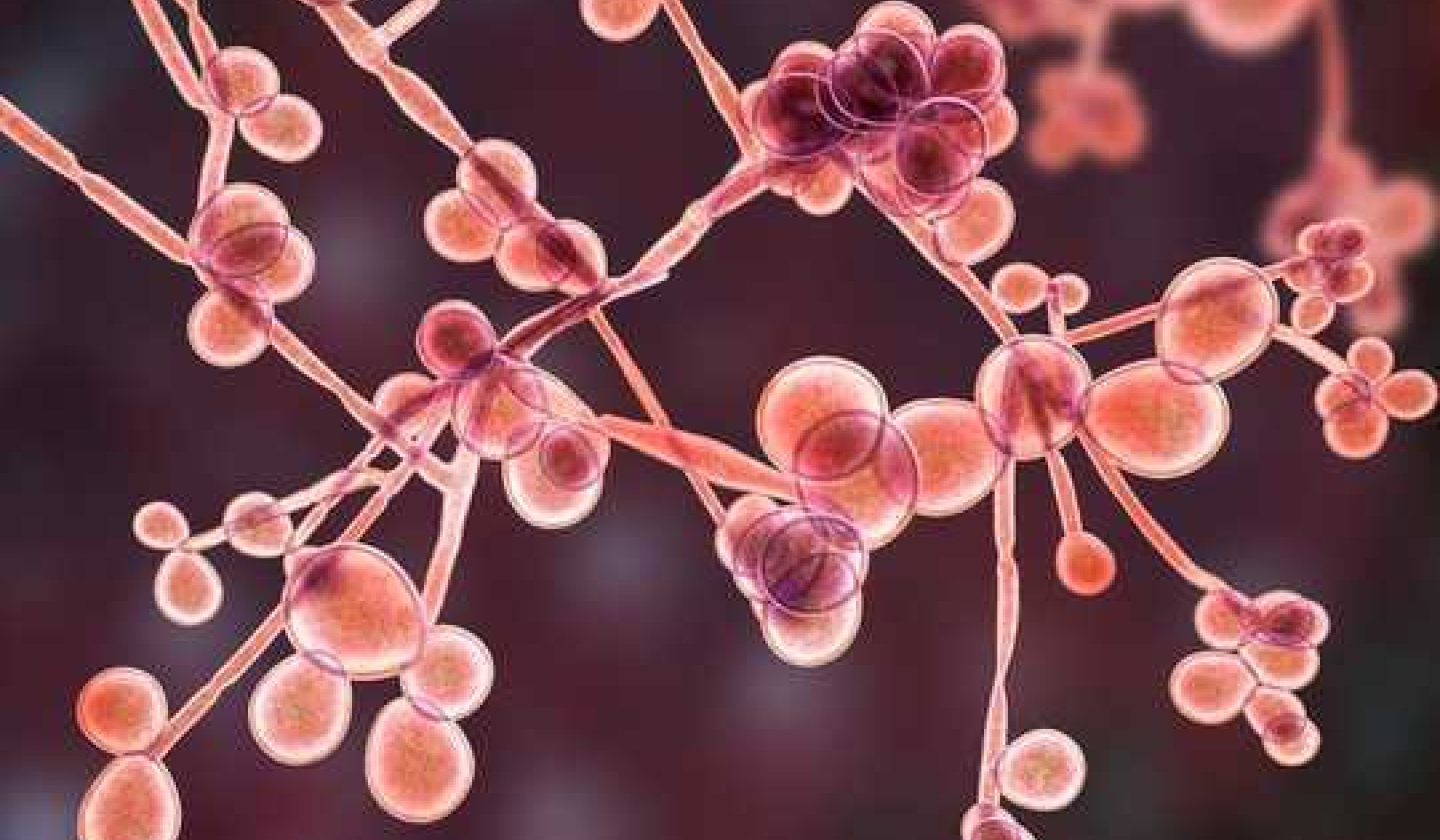 Exercise has many benefits, including boosting defenses against complications that occur during SARS-CoV-2 infections. Julien McRoberts / Getty Images
Exercise has many benefits, including boosting defenses against complications that occur during SARS-CoV-2 infections. Julien McRoberts / Getty Images
Scientists are constantly revealing newly discovered benefits of exercise. In experiments over the past 10 years, my research has found that exercise can help with a respiratory problem known as ARDS.
ARDS is a type of respiratory failure characterized by rapid onset of widespread inflammation in the lungs that prevents oxygen from reaching the organs. It has been reported in many COVID-19 patients.
I am an exercise physiologist with training in medicine. More than 30 years ago, I gave up my career in general surgery in China and came to the U.S. to pursue a basic research career in molecular exercise physiology, as I was intrigued by the superb health benefits of regular exercise.
Most recently I’ve been thinking about the potential impact of regular exercise in preventing this deadly complication of COVID-19. I have not done any experiments specifically around COVID-19, but my work with mice may inform other researchers exploring ways to protect people that suffer from ARDS.
What is ARDS?
A cause of death for 3%-17% of patients infected with SARS-CoV-2 is ARDS. COVID-19 patients with this dismal clinical complication have a mortality rate of greater than 50%.
Specifically, ARDS can occur when viral infection of the cells in the lungs activates the immune system and attracts white blood cells to travel through the bloodstream to the lung tissue to fight off the viral infection.
However, when too many white blood cells appear in the lung tissue at once, it can cause lung tissue damage. This is because they produce too much of damaging molecules called free radicals which break proteins, the cell membrane and DNA.
As a consequence, the blood vessels in the lung become leaky, causing accumulation of the fluid in the lung tissue, and the air sacs of the lung fill up with fluid. This prevents those same air sacs, called alveoli, from filling with air, blocking oxygen in the air from getting into the blood. Patients die of oxygen deprivation.
The cells that line our blood vessels are flat-shaped endothelial cells. One early step in this complicated ARDS disease process is the lining of the blood vessel becomes sticky to white blood cells by making sticky proteins on the cell surface, a phenomenon called endothelial cell activation.
This triggers a vicious cycle; the greater endothelial cell activation, the more free radicals the white blood cells release. This in turn destroys the endothelial cells, making the blood vessel leak more and damages lung tissue.
An exercise-induced antioxidant in our body
More than 10 years ago, I started to study the protective role of exercise-induced antioxidant enzymes against loss of muscle size. My research has shown that endurance exercise promotes production of an antioxidant called extracellular superoxide dismutase (EcSOD) that breaks down the free radical superoxide outside of the cells.
EcSOD is the only antioxidant enzyme that is secreted into the blood that reaches other vital organs and binds to the endothelial cells and other cells through a unique binding structure of the enzyme. This makes EcSOD unlike any supplemental antioxidant pill or food rich in antioxidants that we may consume. An oral antioxidant, once absorbed into the blood, does not target a given organ to provide protection, while EcSOD sticks to specific organs.
When I first saw the evidence of increased EcSOD in skeletal muscle by aerobic exercise training, I was inspired to do an experiment in which I tested whether just increasing the amount of this enzyme through genetic engineering, instead of naturally through exercise, would provide protection from various diseases in which free radicals are known to play important roles, such as muscle atrophy and heart failure.
EcSOD in protection against ARDS
I engineered a mouse that produced more EcSOD in skeletal muscle than would the typical mouse to mimic the effects of aerobic exercise training. We obtained clear evidence that these mice were protected from muscle atrophy and diabetes-induced heart failure.
I then artificially triggered ARDS in mice by injecting mice with a chemical produced by bacteria that are known to cause this condition. To my pleasant surprise, genetically engineered mice with higher concentrations of EcSOD in their blood were far more likely to survive the severe ARDS and multiple organ failure compared with a dismal mortality in the typical mice. This mimics the situation in intensive care where more than 80% of the patients die when they suffer from the failure of multiple organs, including ARDS.
I then confirmed that indeed it was the EcSOD in the genetically engineered mice that provided the protection. When I performed an experiment in which a genetically engineered mouse shared blood with a normal mouse following a surgical procedure called parabiosis, or I took blood from a mouse with high EcSOD and transfused it into a normal mouse suffering from ARDS, the normal mouse had reduced severity of ARDS and clinical blood markers of multiple organ failure. Using various biochemical and imaging technologies, we saw the evidence of reduced endothelial cell activation and reduced protein, cell membrane and DNA damage caused by free radicals in the lung tissue.
Learn from exercise
These studies have provided proof-of-principle evidence that delivery of the EcSOD gene or protein to elevate the amount of EcSOD in the blood and vital organs may be an effective intervention for protection of the lungs and other vital organs against damages caused by ARDS and multiple organ failure.
My findings in mice may inspire other researchers to come up with innovative ways to prevent and treat the deadly complication of COVID-19.
For example, future studies may identify the exercise type, intensity and duration to optimally increase EcSOD levels in the lungs and other vital organs in humans to build up the defense against deadly complications of COVID-19 or other disease conditions. Of course, the findings may inspire research to foster pharmacological, protein and or gene therapies to treat COVID-19 patients with ARDS.
The EcSOD antioxidant story is just one of many about the health benefits of exercise. I believe we can learn from exercise to develop effective therapies to treat ARDS caused by COVID-19 and other disease conditions.
About The Author
Zhen Yan, Professor of Cardiovascular Medicine, University of Virginia
This article is republished from The Conversation under a Creative Commons license. Read the original article.
Related Books:
The Body Keeps the Score: Brain Mind and Body in the Healing of Trauma
by Bessel van der Kolk
This book explores the connections between trauma and physical and mental health, offering insights and strategies for healing and recovery.
Click for more info or to order
Breath: The New Science of a Lost Art
by James Nestor
This book explores the science and practice of breathing, offering insights and techniques for improving physical and mental health.
Click for more info or to order
The Plant Paradox: The Hidden Dangers in "Healthy" Foods That Cause Disease and Weight Gain
by Steven R. Gundry
This book explores the links between diet, health, and disease, offering insights and strategies for improving overall health and wellness.
Click for more info or to order
The Immunity Code: The New Paradigm for Real Health and Radical Anti-Aging
by Joel Greene
This book offers a new perspective on health and immunity, drawing on principles of epigenetics and offering insights and strategies for optimizing health and aging.
Click for more info or to order
The Complete Guide to Fasting: Heal Your Body Through Intermittent, Alternate-Day, and Extended Fasting
by Dr. Jason Fung and Jimmy Moore
This book explores the science and practice of fasting offering insights and strategies for improving overall health and wellness.
























